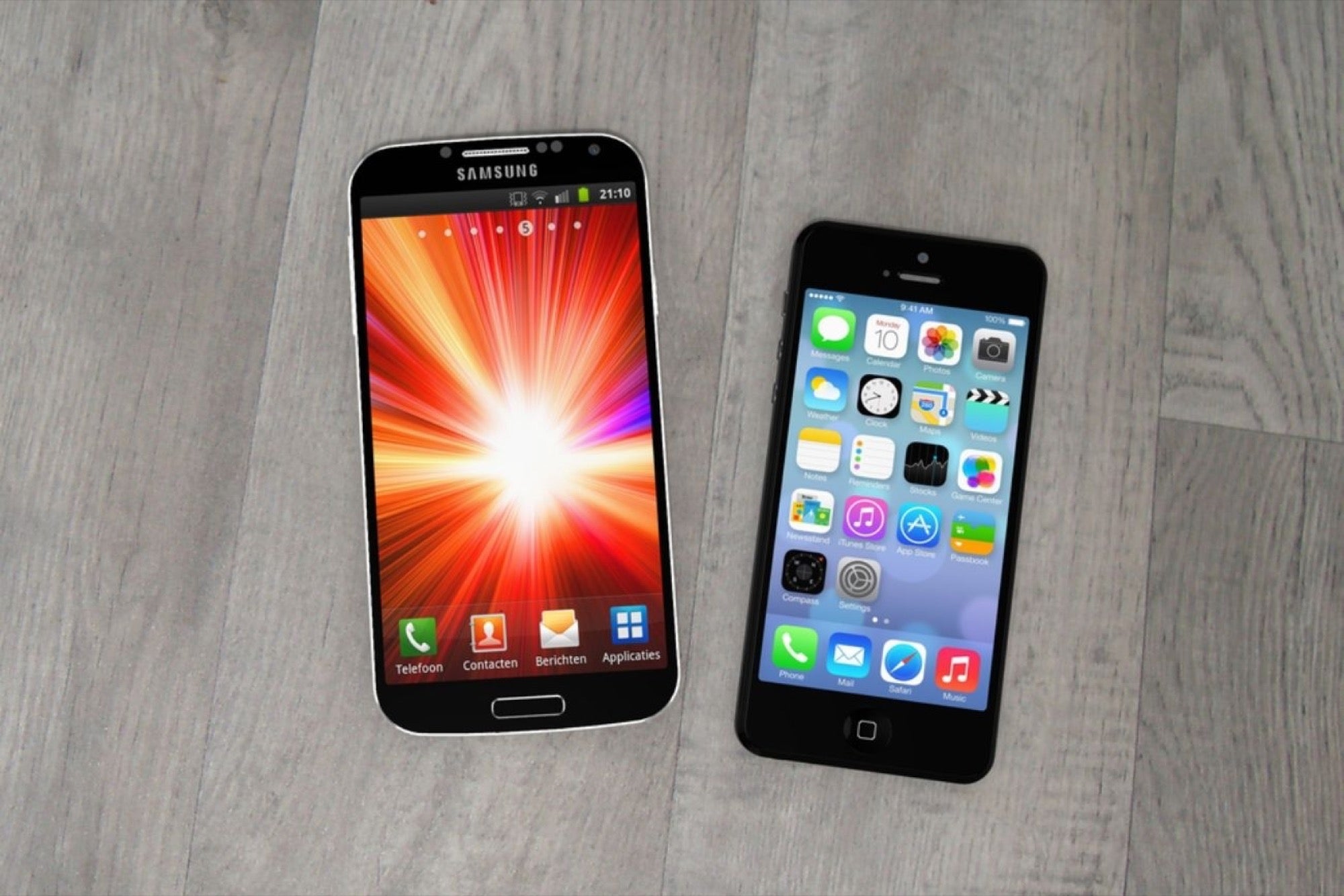These 14 Top Companies Are Creating an Ecash World Wallets have become digital, freeing us from that heavy load in our pockets.
By John Rampton Edited by Dan Bova
Opinions expressed by Entrepreneur contributors are their own.

In the very near future, cash may become a rare commodity due to changes in technology, consumer and business preferences for online, contactless options and the ease of electronic cash payments. Imagine a world that no longer requires that you carry something in your pocket like a check, credit/debit card or even cash. Wallets have become digital, freeing us from that heavy load in our pockets or handbags as well as from the worry that these critical payment methods will be lost or stolen.
You may not have to imagine this scenario much longer because the ecash world is already taking shape with peer-to-peer (P2P) payments and online payments through various apps, platforms and tools. A recent Business Insider Intelligence report gathered statistics to show just how much this idea of social electronic cash has already permeated our lives and transactions.
For example, on a global scale, P2P payment volume has already topped $1 trillion with just $5 billion of those payments in the U.S. being done over a mobile phone. One estimate puts the U.S. mobile P2P payment volume at $86 billion by 2018. An even bigger opportunity lies in emerging mobile markets, such as Kenya, where it's reported that 92 percent of consumers have used mobile P2P payments as a solution for a relatively new and undeveloped financial infrastructure where there is no access to bank accounts. This has been a space to which I've been working on evolving with my payments company as I see it taking over the future of cash.
Related: The Future of Mobile Payments Awaits Your Fingerprint
With such huge potential for P2P payments, along with the ever-growing online payments industry, more companies are making a home in this social ecash world to offer customers more options, features and security measures. Here are some of the well-known, up-and-coming and startup brands entering the P2P and online payments space:
1. Apple Pay.
Apple Pay is the ideal way to cover online and in-store purchases. It works as an app on your iPhone or iPad to immediately transfer funds for these transactions.
2. FaceCash.
Turning your phone into a digital wallet, FaceCash lets you make retail payments with stored payment information, split bills with friends, store coupons and frequent flier numbers and access a tip calculator. While FaceCash charges a $2.99 identification fee, there are no other charges in order to be able to use this cashless payment system.
3. Square Cash.
Square Cash is completely free and lets you send and receive money from your smartphone contact list. Money can be transferred between phones, email addresses or bank accounts.
4. Snapcash and Square.
In creating a truly social payment system, Snapchat has partnered with Square to provide a way so people can pay each other within their Snapchat social profile.
5. Facebook Payments.
Facebook also now offers P2P payment options through its messenger feature. You can send money to individuals within your friend list or within a group chat.
6. Twitter Buy, Amazon and American Express.
Twitter has also gotten into the social payments system by teaming up with companies like Amazon, American Express and other retail brands to use its platform to make payments for products and services. A hashtag can be added to items in an Amazon shopping account or when buying products online with an American Express account.
7. Venmo.
Venmo offers a way to link bank accounts or debit or credit cards together through its app so it's easy to send and receive money from peers, rather than worry about carrying the exact change or having to wait until you see the person again. Venmo also incorporates a social dimension. They were also featured as a top payment company.
Related: Why Mobile Payments Aren't Gaining Traction With Small Businesses
8. American Express Serve.
Also getting into social payments is AmEx with the ability to make payments directly from a linked bank account. There are no limits on the amount that can be sent or received as well as no fees listed to sign-up or use this online payment service.
9. Google Wallet App.
Separate from its Android Pay platform, the Google Wallet app is now solely focused on sending and receiving money through iOS and Android systems. Money can be sent directly to a bank account or debit card or left in the "wallet." The wallet funds works with ATMs and wherever a Mastercard debit card is accepted.
10. Android Pay.
Android payment tool now serves as Google's mobile payment platform for smartphones. It takes care of all your in-store, online and in-app payments.
11. Samsung Pay.
This mobile app works as a contactless solution through tap and pay technology. It works online and with in-store retail payment machines.
12. Western Union.
This long-standing wire transfer company Western Union is now repositioning itself to serve the social electronic cash world. It now has an app for iOS and Android as well as offers an online payment system that works with bank accounts, debit cards and credit cards. While there is a limit on transfer amounts of $3,000, there does not appear to be any significant fees involved.
Related: How Mobile Payment Apps Are Energizing Businesses That Live On Cash Flow
13. Dwolla.
For a minimal flat fee, Dwolla lets you transfer money to a friend through its app. Friends don't even have to set up an account to receive money from you or send money back to you.
14. Popmoney.
This low-fee, ecash payments app allows money to be transferred between bank accounts with money requests and payments handled through a phone number or email address.
Other online platforms are also beginning to focus on the social dimension of online and P2P payments, including the long-standing online payment brand, PayPal. Even banks are trying to break into this payments arena, including Wells Fargo and Chase. These traditional financial institutions recognize the growing preference for these types of payment options for consumers to use, facilitating everything from online purchases to bill-splitting and group payments for an event or gift.
As adoption to the ecash system grows around the world, more fintech and traditional payments companies will join this growing payments segment to leverage the potential and safety found within.











